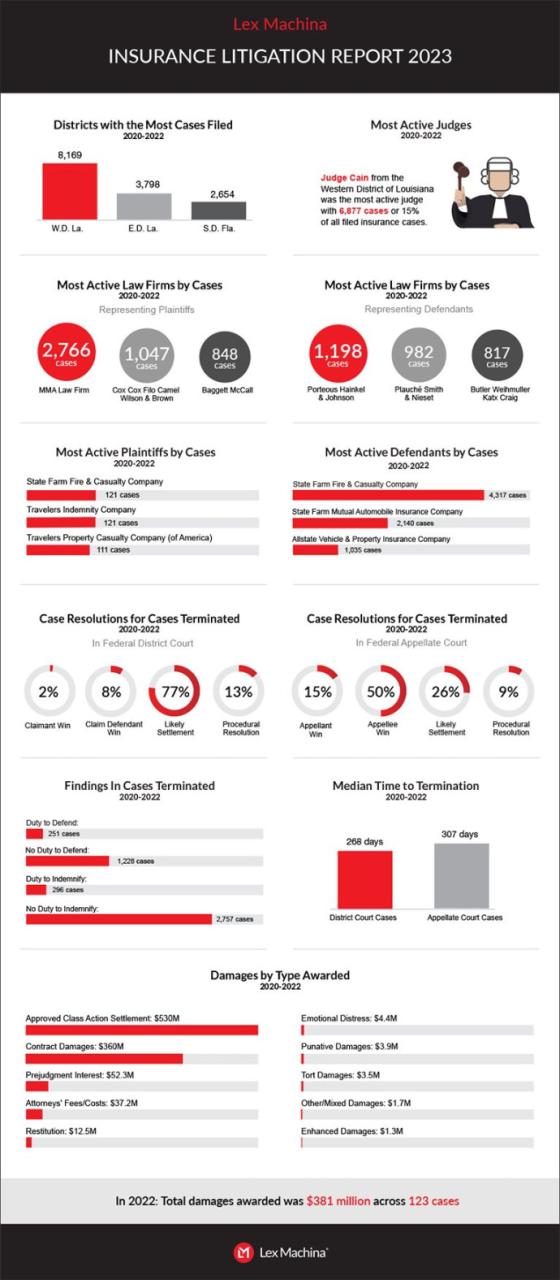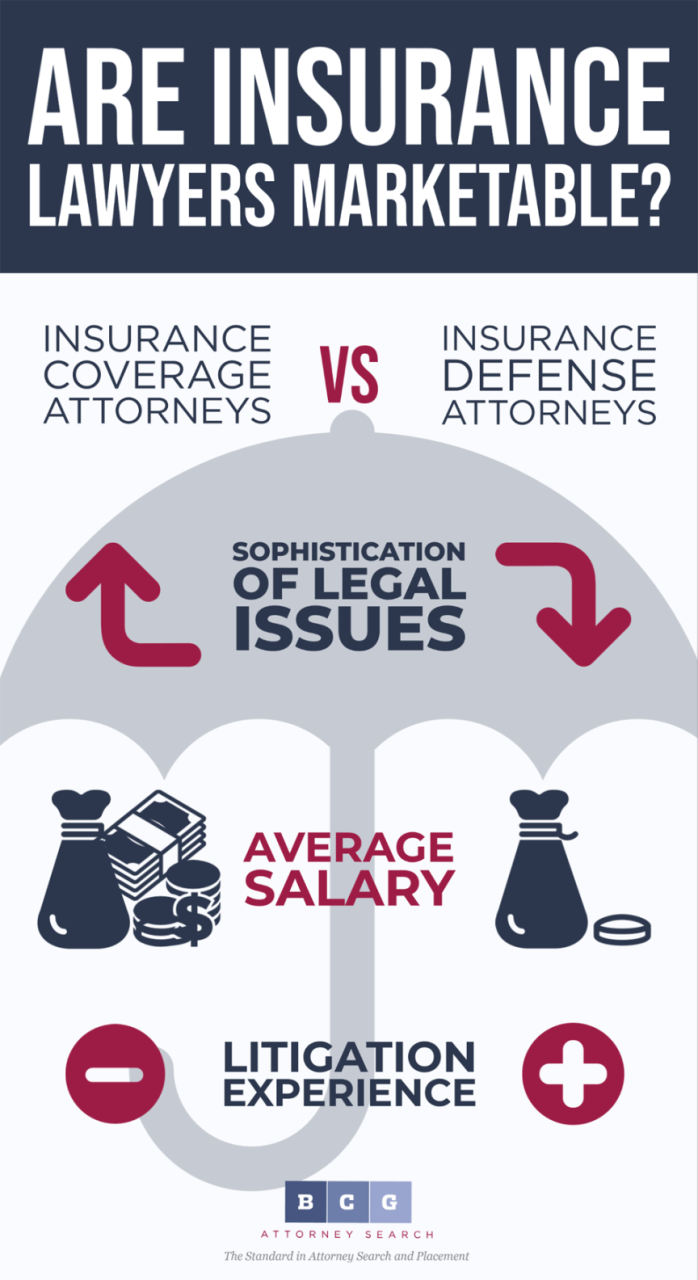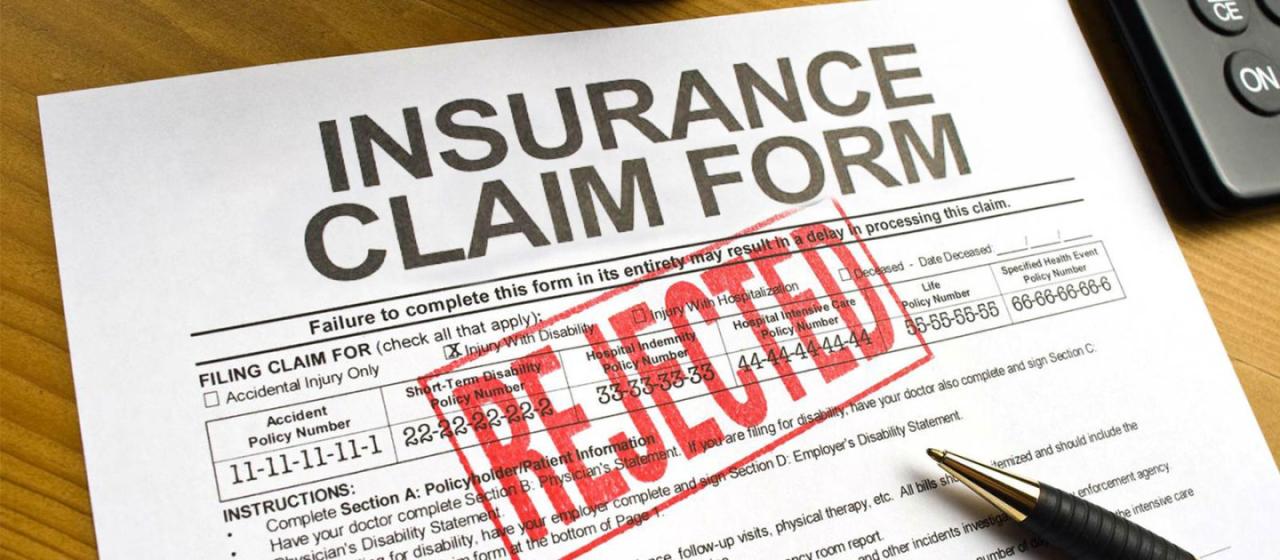Welcome, brave citizen, to the arena of insurance! In the red corner, we have you, the patient, armed with a legitimate claim and a smile (hopefully through gritted teeth). In the blue corner, the formidable insurance company, clad in legalese and a bottomless cup of “deny first, ask questions later” tea.
But fear not! This is where the tide turns in your favor. We’re about to unveil a secret weapon: The Medical Jargon Maneuver.
Imagine this: you just submitted a claim for a procedure that would make life a symphony again. Your back’s a masterpiece of chiaroscuro – light and shadow caused by a delightful combination of pain and muscle spasms. Yet, the dreaded denial letter arrives, citing some obscure medical terminology that sounds like it belongs in a spellbook.
This is where the Medical Jargon Maneuver swoops in, a ray of sunshine in a bureaucratic downpour.

Step One: Knowledge is Power (Flower!)
The first step is to understand the denial. Don’t let those fancy medical terms intimidate you! Grab a dictionary, or better yet, a friend with some medical background. Decipher the code. Is it a specific diagnosis they’re questioning? A pre-existing condition clause they’re invoking? Once you understand the “why” behind the denial, you can craft a winning response.
Step Two: Speak Their Language (But With a Smile!)
Here comes the fun part! Dust off your inner thesaurus. Remember those fancy terms that had you scratching your head? Time to turn the tables. Research synonyms, delve into medical websites (reputable ones, of course!), and arm yourself with the appropriate lingo.

For example, if the denial mentions “arthralgia” (fancy word for joint pain), counter with a friendly, “While I understand the concern regarding joint pain, the specialist diagnosed a more specific condition: [insert fancy synonym here].”
Step Three: Be Clear, Be Concise, Be Charming
Now, craft your response. Keep it clear and concise, focusing on the specific details of your case. Don’t forget the magic ingredient: a healthy dose of charm! Insurance companies are businesses, after all, and even the most stoic claims adjuster might respond to a polite and persistent approach.
Step Four: Unleash the Evidence Kraken!

Don’t rely solely on your newfound medical vocabulary. Back up your claims with evidence! Did you get a doctor’s note? A referral? Scans that look like a modern art exhibit (but hopefully not a Picasso of your insides)? Include copies of these with your response, highlighting the relevant sections.
Step Five: Persistence is Key (But Don’t Be a Pest!)
The Medical Jargon Maneuver isn’t a one-shot deal. Sometimes, insurance companies require a little nudging (okay, maybe a good shove). If you don’t hear back within a reasonable timeframe, follow up politely. Persistence shows you’re serious and won’t back down.
Remember: The Medical Jargon Maneuver isn’t about intimidation. It’s about clear communication and advocating for what’s rightfully yours. With a little knowledge, a dash of medical mumbo jumbo, and a whole lot of persistence, you can transform the insurance fight club from a frustrating battleground into a victory ring. Now go forth, brave citizen, and reclaim your health (and your rightful insurance payout)!

In the gritty world of insurance disputes, facing down a denial letter can feel like stepping into the ring with a heavyweight champion. But fear not, fellow policyholder! We’ve all been there, staring at that sterile, bureaucratic rejection, feeling like our legitimate claim has been tossed out with yesterday’s newspaper. But here’s the good news: just like any good underdog story, you have a fighting chance – and the appeal process is your secret weapon.
Think of an appeal like your personalized training montage. It’s your chance to gather evidence, refine your arguments, and step back into the ring, this time prepared to show the insurance company exactly why they messed with the wrong person. Here’s how to turn your appeal into a knockout punch:
Know Your Rights, Like the Back of Your Hand:
First things first, empower yourself with knowledge. Dust off your policy documents and become intimately familiar with the terms of your coverage. This is your blueprint, your fight manual. Highlight relevant sections that support your claim and underline any exclusions that might be causing the denial. Think of it as studying your opponent’s weaknesses – the more you know about their playbook, the easier it is to exploit the loopholes.

Gather Evidence Like a Bloodhound on a Scent:
Remember all those medical bills, police reports, or repair estimates you tucked away? Time to unleash the inner bloodhound and dig them all out. Every scrap of documentation that strengthens your case is a jab to the insurance company’s denials. Did your doctor write a detailed report outlining the medical necessity of a procedure? Perfect! Did a mechanic provide a breakdown of the repairs deemed “unnecessary”? Include it! The more evidence you have, the harder it is for them to dismiss your claim.
Channel Your Inner Lawyer (Without the Law School Debt):
While a law degree isn’t required, a clear, concise, and well-organized appeal letter is your mouthpiece. Explain the situation factually, highlight the specific policy provisions that support your claim, and meticulously detail the evidence you’ve included. Think of it as delivering a powerful opening statement – clear, confident, and leaving no room for doubt.

Appeal to Their Humanity (But Keep it Professional):
Yes, insurance companies are businesses, but sometimes a touch of human connection can go a long way. Briefly explain the impact the denial has on your life, whether it’s financial hardship, delayed medical treatment, or the inability to repair your property. Don’t get overly emotional, but a genuine explanation can tug at the heartstrings (or at least the sense of public perception) and nudge them towards a reconsideration.
Don’t Be Afraid to Get Vocal (Within Reason):
Sometimes, a polite letter just isn’t enough. If your initial appeal gets rejected, consider reaching out to the insurance company directly. A calm, professional phone call (record it, just in case!) can help clarify any misunderstandings and reiterate the validity of your claim. Be persistent, but avoid being belligerent – remember, you’re aiming for a resolution, not a brawl.
Embrace the Power of Numbers:
There’s strength in numbers, especially when dealing with insurance giants. If you feel like your case represents a broader issue or an unfair policy interpretation, consider reaching out to consumer advocacy groups or online forums dedicated to insurance disputes. Sharing your story and banding together with others facing similar challenges can create a ripple effect, putting pressure on the insurance company to address the situation.
In the exhilarating, yet fictional, world of Fight Club, the fists fly, and the adrenaline pumps. But in the real-life brawl with your insurance company, the weapons are different. Here, knowledge is king, and the arena is a labyrinth of medical codes and policy jargon. Fear not, weary warrior! This is your guide to navigating the medical maze and emerging victorious.
Imagine this: you need an MRI scan. Your doctor assures you it’s necessary, yet your insurance company denies coverage. Frustration sets in, that familiar knot tightening in your stomach. But wait! Don’t throw in the towel just yet. Here’s where your knowledge becomes your jab, your uppercut, your roundhouse kick.
Step 1: Become a Terminology Titan
Medical bills are like cryptic messages from another planet. Don’t let them intimidate you! Familiarize yourself with common terms like CPT codes (procedure codes), HCPCS codes (supply codes), and DRGs (diagnosis-related groups). Understanding these will help you decipher what exactly your insurance company is denying coverage for.
Think of it like learning the secret language of Fight Club. Once you understand the moves, you can anticipate your opponent’s (insurance company) tactics.
Step 2: Unleash Your Inner Investigator
Think Sherlock Holmes meets medical detective. Here’s where you put your research skills to the test. The denial letter you received? It should reference a specific policy clause used to justify the denial. Dig into your plan documents, friend! Find that clause and dissect it. Does the explanation align with your situation? Are there any loopholes or exceptions you might have missed?
Step 3: Befriend the Patient Advocate
Not everyone is a medical terminology whiz. That’s okay! Hospitals and insurance companies often have patient advocates on staff. These are your corner people, ready to translate the jargon and navigate the system on your behalf. Don’t hesitate to reach out and explain your situation.
Think of them as your training montage in Fight Club. They’ll help you hone your knowledge and build your confidence before facing the insurance company again.
Step 4: The Art of the Appeal
So you’ve done your research. You understand the denial, and you believe it’s wrong. Now it’s time to fight back! Most insurance companies have a formal appeals process. This is your chance to present your case, armed with your newfound knowledge and any supporting documentation your doctor can provide.
Here’s the key: Be clear, concise, and factual. State why the denial is incorrect, reference the specific policy clauses, and emphasize the medical necessity of the procedure.
Step 5: Embrace the Buddy System
There’s power in numbers, even in the realm of insurance battles. Consider connecting with online forums or support groups for people facing similar issues. Share experiences, compare notes, and learn from each other’s strategies. You might even find a battle buddy who can offer moral support and additional resources.
Think of it like Tyler Durden’s underground fight club, but with clipboards and well-researched arguments instead of fists.
In the gritty arena of insurance disputes, where frustration simmers and denials sting, there exists a secret weapon: the appeal process. Unlike the cathartic brawls of Fight Club (though trust us, the urge might be there), this fight utilizes cunning, patience, and yes, a touch of inner bureaucrat.
Think of it this way: you’re facing a faceless insurance giant, its policies a labyrinth guarded by jargon-wielding gatekeepers. But fear not, brave policyholder! You, too, can become a master of navigating this maze.
The first rule? Knowledge is power. Dust off that policy booklet (yes, the one gathering dust under your nightstand). Familiarize yourself with the specific terms and conditions related to your claim. This empowers you to identify discrepancies between the policy wording and the insurer’s denial.
Next, gather evidence like a champion. Medical records, invoices, receipts – anything that strengthens your case. Think of them as your fight gear, each piece documenting the legitimacy of your claim. Dig through emails, voicemails (transcribe those!), and doctor’s notes. Remember, the more you have, the stronger your position.
Now, here’s where the inner bureaucrat shines. Appeals often follow a specific format. Don’t be intimidated by fancy terms like “formal review” or “independent medical evaluation.” Research the process outlined in your policy. Most insurance companies offer information online or through customer service.
Channel your inner paperwork champion! Draft a clear, concise appeal letter. State the facts of your claim, highlight the specific policy clause it falls under, and detail why the denial was incorrect. Be assertive, but professional. Think of it as your opening jab, establishing your position with clarity and force.
Don’t be afraid to leverage the power of helpful resources. Consumer advocacy groups and state insurance departments can be valuable allies. Many offer free guidance on navigating the appeals process and complaint filing. Consider them your cornermen, offering support and advice throughout the fight.
The appeal process isn’t always a swift knockout. It can take weeks, even months. But remember, persistence is key. Follow up on your appeal, politely pushing for a response. Document every interaction, keeping a clear timeline of communication.
In the gritty arena of insurance disputes, forget about grenades and fight clubs (although the urge might be there). Your secret weapon lies not in brute force, but in the surprising power of persistence – with a healthy dose of charm, of course.
Imagine this: you’ve meticulously documented your claim, filed every scrap of paper they requested, and waited…and waited…and radio silence. Frustration bubbles, threatening to morph into full-on Hulk mode. Here’s where the “friendly follow-up” becomes your secret weapon.
Think of it like this: insurance companies, for all their financial muscle, can be bureaucratic behemoths. Your paperwork might have gotten stuck in a metaphorical filing cabinet labyrinth. A friendly nudge can be the hero that guides it back to the light.
Step One: Channel Your Inner Sunshine
Forget the fire-breathing dragon approach. Picture a ray of sunshine breaking through the clouds. A polite phone call, a chipper email – these are your tools. The key is to be firm, but friendly.
Here’s a script to get you started:
> “Hi there, my name is [Your Name] and I’m following up on my claim for [brief description of claim]. I filed it on [date] and haven’t heard back yet. Just wanted to check in and see if there’s any additional information you might need from me.”
Step Two: The Power of Persistence (with a Smile!)
Let’s say your initial attempt yields no immediate results. Don’t despair! This is where persistence, with a dash of cheer, shines. Follow up again in a few days, maintaining that friendly yet firm tone.
Step Three: Arm Yourself with Knowledge
Remember, knowledge is power! Before your next follow-up, take some time to research your state’s insurance regulations. Knowing your rights empowers you to speak confidently and ask pointed questions, all while maintaining that delightful friendliness.
Step Four: The Escalation Tango (with Caution!)
If, after multiple attempts, the sunshine approach seems to be getting lost in the bureaucratic black hole, it might be time for a slight escalation. Here, caution is key. Don’t jump straight to threats or accusations. Instead, consider mentioning your knowledge of relevant regulations or your intent to file a formal complaint with the state insurance department.
The Beauty of the Friendly Follow-Up
The beauty of this tactic lies in its disarming nature. By being polite and persistent, you’re reframing the situation. You’re not the angry customer, but the concerned individual simply seeking a resolution. This approach can often catch the insurance representative off guard and lead to a more productive conversation.
In the gritty underworld of Insurance Fight Club, where you grapple with faceless adjusters over denied claims, one unlikely weapon rises above the rest: meticulous documentation. It may not be as exciting as a well-timed jab of a loophole, but hear me out. Think of it as your own personal bat-signal, summoning forth clarity and justice from the bureaucratic shadows.
Imagine this: you wake up to a flooded basement, a symphony of dripping and despair echoing through your house. Panic bubbles up, but then you remember – you, my friend, are a champion record-keeper! With a triumphant flourish, you pull out a folder brimming with receipts, photos, and even a screenshot from that sunny day you meticulously cleaned your gutters (because, hey, prevention is key!). This arsenal of documents becomes your shield against the potential denials – a papery fortress protecting your claim.
Sure, the insurance company might throw a few punches your way. They might question the age of your water heater (that trusty receipt with the installation date is your uppercut!). They might raise an eyebrow at your lack of flood insurance (but wait, there’s that email trail where you specifically inquired about it – a sneaky left hook!). With each documented detail, you chip away at their defenses, reminding them that you’re not just some nameless policyholder, but a prepared opponent with a papery army at your back.
The beauty of documentation lies in its pre-emptive strike. By diligently collecting receipts, taking photos of any pre-existing damage, and keeping copies of relevant communication, you’re essentially building a case for yourself before anything goes wrong. It’s like training for the Insurance Fight Club before you even know you’re in it.
Think of it this way: documentation is your own personal hype-man. When the insurance company throws shade at your claim, your file swoops in with a dramatic entrance, filled with irrefutable evidence. It’s like a documentary montage showcasing your responsible homeowner-ness, complete with triumphant music and slow-motion close-ups of receipts.
Now, don’t get us wrong, documentation isn’t a magic bullet. There will still be times when you need to negotiate, strategize, and maybe even unleash your inner insurance guru. But with a solid foundation of records, you enter the fight with confidence. You’re not just some average policyholder, stumbling around in the dark. You’re a documented defender, armed with proof and ready to rumble (in a cheerful, paperwork-wielding kind of way, of course).



